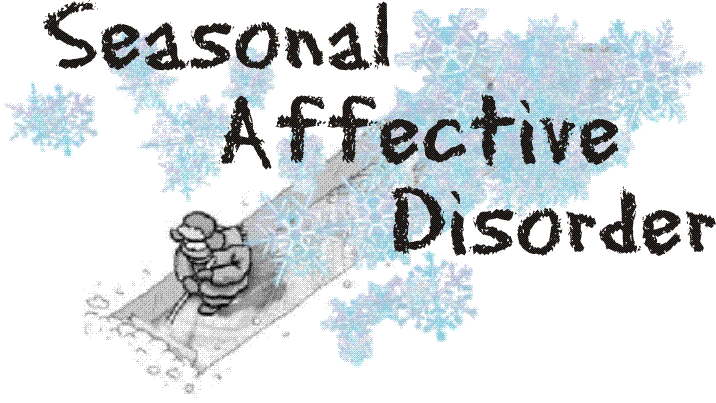Skin Health– What can I do?
When it comes to our skin, many of us are more concerned with wrinkles, sun spots (also called liver spots), and other signs of aging than skin cancer. But skin cancer is a serious concern. It is the most common form of cancer in the United States. Research indicates that 40 to 50 percent of Americans who live to age 65 will have skin
cancer at least once. Luckily, it’s easy to manage concerns about signs of aging and skin cancer at the same time. The best way to prevent signs of aging is also the best way to prevent skin cancer:
Protect yourself from the sun.
But what about promises of instant youth in a jar? Experts say that over-the-counter creams and lotions can help ease dry skin — which is more common as you age — but they can’t turn back time. Prescription creams, chemical peels, laser treatments, Botox, and other cosmetic procedures are being used to treat sun spots, wrinkles, and other signs of aging. But results vary and some treatments remain unproven. These treatments also don’t prevent further damage.
So for now, to ward off future signs of aging and lower your risk of skin cancer:
- Avoid the sun when its rays are strongest between 10 a.m. – 3 p.m.
- Use a sunscreen that has a high SPF number (15 or higher).
Sunscreen should also protect your skin from both UVA and UVB rays. Experts recommend using sunscreen daily, year-round — especially on your face.
If you’re out in the sun for a long time, protect your ears and scalp with a hat. For extra body protection, wear lightweight long-sleeved shirts and pants.
Checking your skin regularly is a good idea. Tell your doctor right away about skin changes, such as new growths, sores that don’t heal, or changes in the size, shape, color, or feel of an existing mole. Skin changes are not always cancer. But you should have a doctor check out a skin change to be sure. Many types of skin cancer can be cured if found and treated early.



